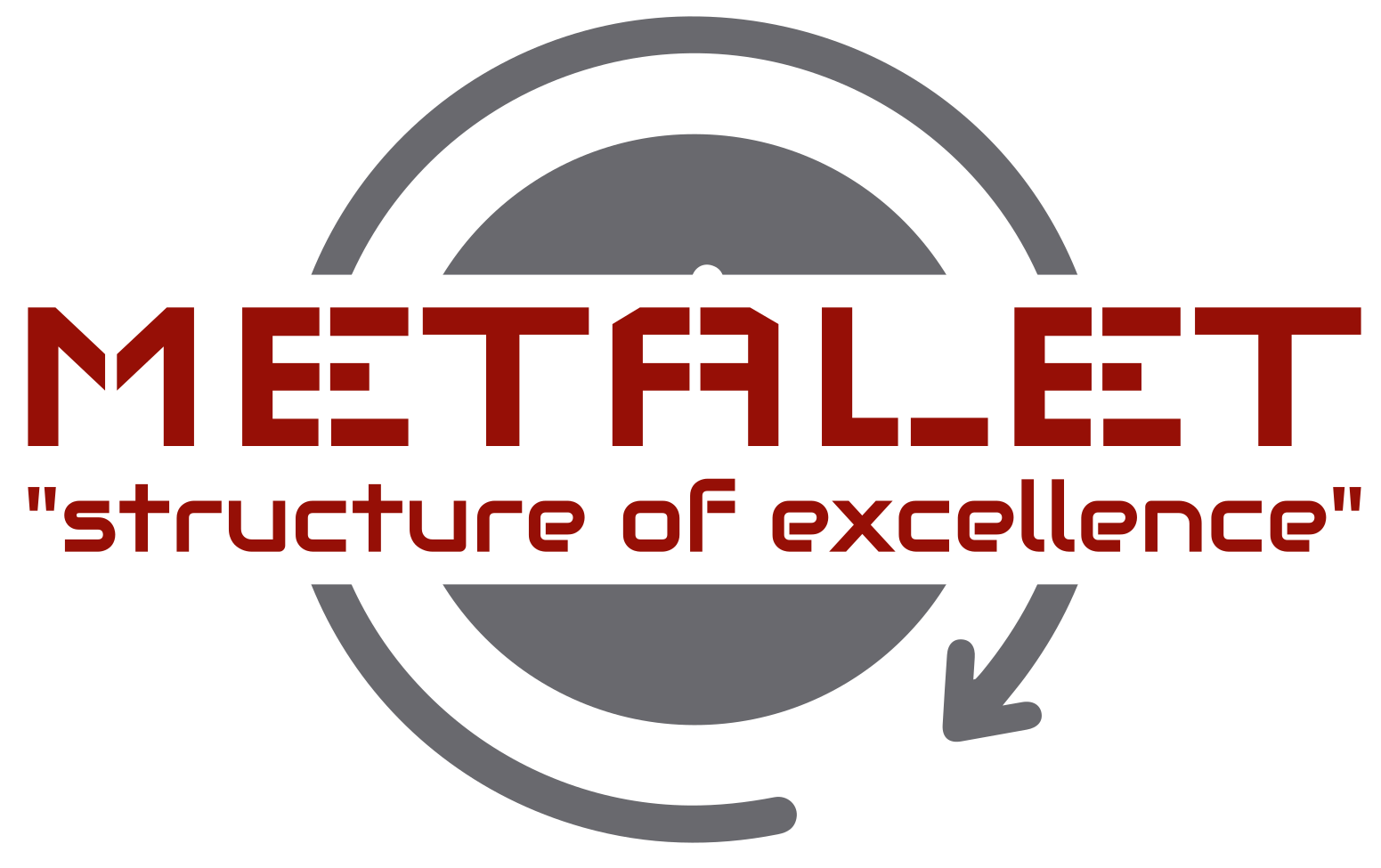
WHERE DOES INDIA STAND IN METAL SCRAP IMPORT AFTER 75 YEARS OF INDEPENDENCE?
Metal scrap is a much-misunderstood word. Many have the wrong notion that it is a worthless piece of metal junk whose utility value is negligible and is best discarded into the trash can.
Little it is known that its value is priceless.
After consumption or manufacturing, it can be sold and recycled to produce new material. It is also environment—friendly that helps to prevent environmental pollution and also conserves natural resources and space.
Metal scraps generally originate from the construction sector, manufacturing sector, dumpsters, farms, households, and hospitals.
The Government of India presently allows only those metal scrap imports that do not contain any dangerous, hazardous, toxic, or radioactive material. The metal scrap materials that are imported by India include aluminum, copper, nickel, steel, tin, and zinc.
Now, the question is where exactly does India stand in metal scrap import after 75 years of independence?
WHERE DOES INDIA STAND?
According to Seair Exim Solutions, a leading import-export data bank provider, India
- Imported around 1.37 tons of aluminum in 2019 which was a significant jump from 1.27 tons in 2018. The jump in aluminum imports saw India becoming the world’s largest aluminum scrap importer, overtaking China.
- Imported around 4.38 million tons of iron scraps, most of which were from the United States and Europe. Today, India is the third largest importer of iron scraps after Turkey and South Korea. Despite imposing 2.5 percent duties on iron scrap imports, the imports are projected to rise to 7.37 million tons of scrap.
- Imported ferrous scrap from the U.S. The imports to India combined with Pakistan and Bangladesh during the first half of 2021 was identical with the first six months of 2022, with approximately 1.265 million metric tons shipped in both time frames.
- Overtook China as the world’s largest aluminum scrap importer recently. This was despite the fact that Indian Government had imposed 2.5 percent on aluminum scraps and 7.5 percent on aluminum and its raw material.
The financial year April, 2021 to February, 2022, saw India importing metals worth US$ 36.6 million when compared to US$ 72 million in the entire 2020-21. The metals imported were goods including ash containing precious metal or precious metal compounds of platinum, including metal clad with platinum.
Similarly, India’s import of ferrous scrap excluding stainless and alloy scrap stood at 3.14mn t in April 2021-February, 2022. GTT data showed that the import declined for the third consecutive year, thanks to the fact that India’s domestic sector today produces 25mn-30mn t/yr of ferrous scrap. Market experts however believe that the decline is temporary. They attribute higher availability of sponge iron at cheaper prices; record prices for ferrous scrap; logistical challenges like container availability and price issues; and increased availability of domestic scrap. Ferrous scrap import is likely to rise again in 2022-23.
Demand for imported scrap metal has remained strong in not just India but also in other sub-continental countries like Pakistan and Bangladesh. The demand was fuelled by metals producers’ keenness to convert scrap into secondary metals that go into building products and transportation which contribute to the steady gross domestic product (GDP) growth in the country.
By 2030, India is expected to import about 30mn t/yr of ferrous scrap. The rise in imports is largely attributed to the goal of meeting the Government’s vision of achieving 300mn t/yr of steel capacity.
The continual demand for imported metal scraps will also be largely fuelled by higher construction and engineering activities and domestic scrap generation. This is projected to touch about 35mn-40 mn t of production in the next seven to eight years. Even then, market analysts believe it will be not sufficient to meet the country’s needs. This means India will have to import more.
WHAT IS INDIA DOING AND NEEDS TO DO?
The Government of India has initiated certain measures to curb the imports of certain metals that play a key role in conversion to metal scraps like precious metals or metal clad with precious metal, excluding sweepings containing precious metals; and other sweepings containing gold or silver. These metals were earlier freely imported. Now they come under the ‘restricted’ category which means a license will be required to import them into India.
Market analysts however believe that this measure will not be sufficient to deter imports of certain metal scraps. They suggest that the Government should
- Focus on port infrastructure. This will allow proper handling of bulk scrap vessels and also improve port logistics thereby helping reduce costs.
- Reduce GST (Goods & Services) on raw materials from to 5 percent from 18 percent.
- Mandate the usage of a minimum percentage of recyclable scrap in manufacturing sectors.
- Encourage more private investment in ‘end’-of-vehicle’ scrapping. This will ensure abundance of feedstock availability.
- Reduce imports on copper scraps. They point out the closure of Sterlite plant in Tamil Nadu. This they believe will create shortfall for copper in the country.
- Reduce tariffs on brass scraps (used in the manufacture of brass ingots) imports. Currently, they are too high which is creating losses for the importers.
Concerns are also being raised that developed nations could slow down scrap exports from India on their domestic usage, mainly to meet carbon emissions goals. However, market analysts believe that while their domestic scrap usage and scrap processing capacity will increase, India’s imports too will increase.

